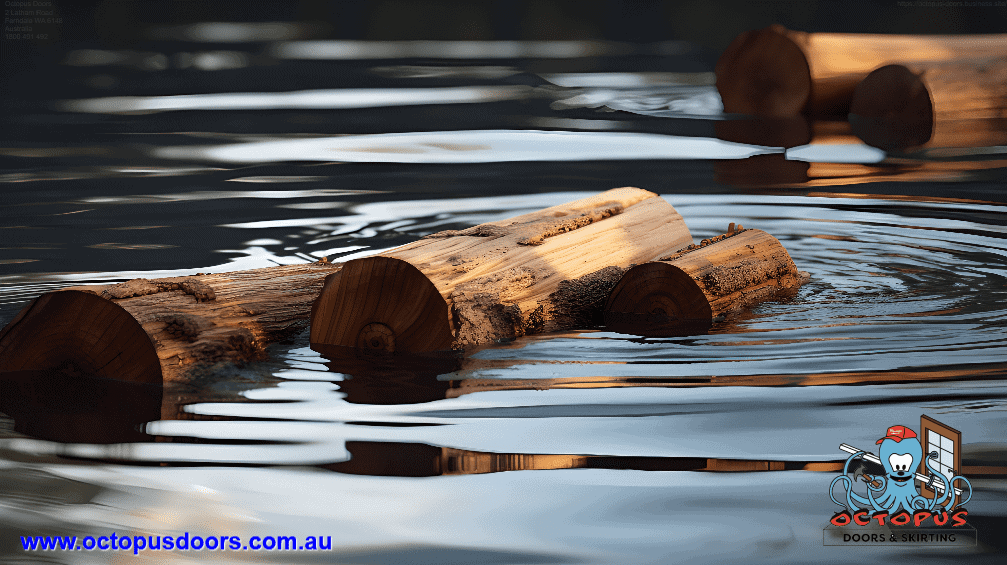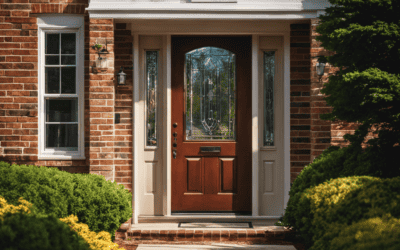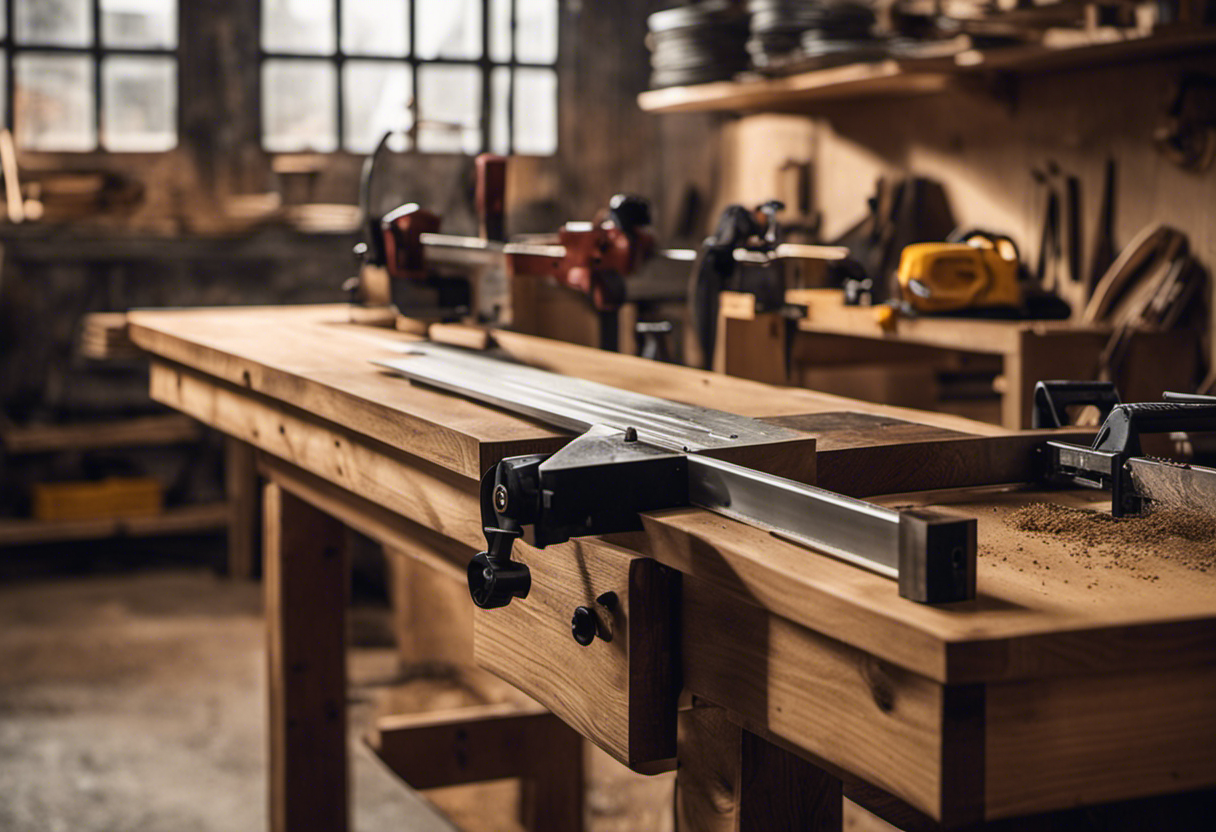
You’re an ambitious woodworker, passionate about creating stunning pieces that showcase the beauty and versatility of wood. Contrary to popular belief, you’ve heard whispers about a mystical type of wood that sinks in water. Curiosity piqued, and you set off on a quest to learn more about this elusive material.
Welcome, inquisitive woodworker, to your ultimate resource on the considerations when using wood that sinks in water.
(adsbygoogle=window.adsbygoogle||[]).push({})
Table of Contents
Introduction To Sinking Wood
Wood may float or sink in water, but what exactly separates these two categories? As you may have guessed, it all comes down to the density of the wood relative to the density of water. Highly dense wood species possess unique characteristics not found in their lighter counterparts.
In short, sinking wood is denser than water, making it a unique and sought-after material for certain applications. However, there are several factors one must consider when working with sinking wood.
“The density and hardness of sinking wood make it an appealing choice for furniture makers and woodworkers alike, but working with this unique material can present challenges,” says Ross Adams, a respected woodworker and master craftsman.

The Science Behind Sinking Wood: Density
Water has a density of 1 g/cm³. For wood to sink, its density must be greater than that.
Although most wood species have a density lower than water, there are few that surpass this threshold, opening up a world of possibilities for those willing to explore these rarities. But why are these woods denser than water? A combination of factors, including the wood’s structure and the concentration of lignin and cellulose within it, are responsible for this property.
(adsbygoogle=window.adsbygoogle||[]).push({})
Types Of Sinking Wood
Lignum Vitae (Guaiacum officinale)
Lignum Vitae, also known as the “Tree of Life,” is a truly exceptional wood species. Native to the Caribbean and the northern coast of South America, Lignum Vitae boasts an unrivalled combination of strength, durability, and density, making it the perfect choice for applications where these qualities are essential.
Key Characteristics:
- Density: Topping the charts with a density ranging between 1.2 to 1.4 g/cm³, Lignum Vitae is the densest wood in the world.
- Working Properties: Its oily composition yields a natural lubrication that allows for smooth cutting and minimal tool wear, despite its extreme hardness—up to 4,500 lbs on the Janka scale.
- Colour: Lignum Vitae exhibits a beautiful range of colours, from a pale yellow heartwood to a deep, rich green.
- Applications: Its outstanding properties make it ideal for heavy-duty engineering applications such as bearings, propeller shafts, and mallet heads. Additionally, its vibrant colours make it a popular choice for ornamental turning and heirloom woodworking projects.
Black Ironwood (Olea laurifolia)
Black Ironwood, found in the southern regions of Africa, comes in as a close second for the title of the world’s densest wood. Known for its attractive dark colour and exceptional resistance to wear, Black Ironwood has carved out a niche among artisans and industrialists.
Key Characteristics:
- Density: With a density of approximately 1.2 g/cm³, Black Ironwood is one heavyweight contender.
- Working Properties: This species is notoriously difficult to work with, as its extreme density (Janka hardness of 3,670 lbs) poses challenges for cutting and shaping. Carbide-tipped tools are highly recommended.
- Colour: As the name suggests, Black Ironwood displays a range of dark brown to black hues, often accented with streaks of lighter brown.
- Applications: Due to its remarkable resistance to wear, Black Ironwood is perfect for applications such as railroad ties, construction materials, and precision-engineered parts. Its highly attractive appearance also makes it an apt choice for custom furniture, sculpture, and turning projects.
Brazilian Ebony (Diospyros sp.)
Brazilian Ebony is characterized by its extreme hardness and rich dark colour. Found in the tropical regions of Central and South America, this highly sought-after material lends itself perfectly to furniture making and other woodworking projects, where both form and function are paramount.
Key Characteristics:
- Density: Brazilian Ebony’s density averages around 1.1 g/cm³, making it an impressive heavyweight in the world of woodworking.
- Working Properties: Due to its extreme hardness—up to 3,840 lbs on the Janka scale—Brazilian Ebony can be quite challenging to work with. However, sharp tools and slower cutting speeds can help tame this exotic beast.
- Colour: Exhibiting a deep, dark brown colour with streaks of black, Brazilian Ebony is strikingly beautiful and adds sophistication to any woodworking project.
- Applications: Its toughness, stability, and attractive appearance contribute to its popularity in the areas of high-end furniture making, cabinetry, and flooring. Moreover, its tonal qualities also make it an ideal choice for crafting musical instruments.
It’s vital to note that sourcing these rare woods responsibly is essential. Ensuring the use of ethically harvested and sustainably sourced materials will maintain the health of these ecosystems and prevent overexploitation.
| Wood Species | Density (g/cm³) | Janka Hardness (lbf) | Origin | Notable Applications | Key Features |
|---|---|---|---|---|---|
|
Lignum Vitae (Guaiacum officinale) |
1.2 – 1.4 | 4,500 | Caribbean and Northern South America | Bearings, propeller shafts, mallet heads, ornamental turning | Densest wood in the world, natural lubrication, vibrant colours |
|
Black Ironwood (Olea laurifolia) |
1.2 | 3,670 | Southern Africa | Railroad ties, construction materials, precision-engineered parts, custom furniture | Exceptional resistance to wear, dark colour, difficult to work |
|
Brazilian Ebony (Diospyros sp.) |
1.1 | 3,840 | Central and South America | High-end furniture, cabinetry, flooring, musical instruments | Extreme hardness, rich dark colour, stability, and tonal qualities for instruments |
| Woodworking Challenges | Sustainability Concerns | Historical Uses | Common Names | |
|---|---|---|---|---|
|
Lignum Vitae (Guaiacum officinale) |
Oily composition requires special attention when gluing; it should be pre-drilled before screwing | Overexploitation has led to CITES regulations: trade of this species is now regulated. | Traditional shipbuilding; used to create balls, pulleys, and other parts for ships | Tree of Life, Gaiac tree |
|
Black Ironwood (Olea laurifolia) |
Sharpening tools frequently is crucial due to the wood’s dense nature | African Black Ironwood is not currently listed in the CITES Appendices but should be used sustainably | Various traditional African tools and weapons; fence posts | Ironwood, Dead Man’s Hand |
|
Brazilian Ebony (Diospyros sp.) |
Difficult to work with due to its interlocked grain pattern and high-density blunting cutting tools | Brazilian Ebony has been overharvested, leading several species in the genus Diospyros to be listed on the IUCN Red List. | Ancient ebony was often used to make ornamental turning pieces in Europe, as far back as Roman times. | Ebony black or blackwood |

Sourcing And Sustainability
Given the rarity and high demand, the sustainability of sinking wood species has become a critical consideration. Organizations like FSC and PEFC work to promote responsible forestry, ensuring the long-term availability of these woods without harming the environment.
Before purchasing sinking wood, verify that your supplier is adhering to sustainable practices and holds certifications from such organizations.
Working With Sinking Wood
Though highly desirable, sinking wood can pose challenges during woodworking. The density and hardness can quickly dull standard tools and make shaping and cutting a laborious task.
Hand tools like chisels, goulettes, and hand planes, made from high-quality metal alloys or carbide-tipped, can help overcome these challenges. Other tips for working with sinking wood include using slower cutting speeds, more frequent sharpening of tools, and allowing for ample drying time to avoid warping or cracking.
“Working with sinking wood requires patience and good technique. Start with sharp tools and work slowly. Enjoy the journey—it’s a rewarding experience,” advises renowned woodworker Samantha Baker.
(adsbygoogle=window.adsbygoogle||[]).push({})
Applications And Potential Use Cases
Sinking wood is well-suited for a variety of applications, including:
- Intricately carved furniture
- Heavy-duty industrial components
- Musical instruments
- Luxury flooring
These woods’ longevity, resistance to wear and decay, and overall beauty lend themselves to projects that require lasting performance and aesthetic appeal.
Expert Tips And Tricks
- Make responsible choices by exploring alternative local species with similar characteristics to minimize the environmental impact of your projects (sources like the Wood Database are invaluable for this).
- Connect with other woodworkers to share knowledge and experiences when dealing with sinking wood. You never know what clever tips you might learn from fellow enthusiasts.
- Regularly monitor your tools and equipment to extend their life and ensure accurate, clean cuts, especially when working with sinking wood.
Discovering the world of sinking wood can offer endless opportunities and inspire innovation in your woodworking ventures. By understanding the factors to consider, from sourcing to working with the material, you’re well on your way to creating masterpieces unlike any other. Happy crafting!
(adsbygoogle=window.adsbygoogle||[]).push({})
Related Articles:

Prime-Line N 7025 Bi-Fold Door Hinges Review
I recently got my hands on the Prime-Line N 7025 Bi-Fold Door Hinges, and let me tell you, it was a rollercoaster of an experience. From inconsistent hole placement to flimsier construction, these hinges had their fair share of ups and downs. But, despite the quality…

Mysterious Attic Door Opens Unpredictably: Unveiling Causes and Solutions
Have you ever felt a chill run down your spine as the attic door creaks open on its own? It’s a spine-tingling moment that can leave you puzzled and a little on edge. In my article, ‘Mysterious Attic Door Opens Unpredictably: Unveiling Causes and Solutions,’ I’ll…

Revolutionize Your Bathroom With Pocket Doors
I’ve always dreamed of transforming my bathroom into a spacious, elegant oasis where I can relax and unwind. That’s when I discovered the revolutionary power of pocket doors. These sleek and innovative doors save space and add a touch of architectural charm to any…

Upgrade Your Home Security With Ring Compatible Door Locks
Were you looking to enhance your home security? Wondering which door locks are compatible with Ring? I’ve found some impressive options offering top-notch security and seamless integration with the popular smart home system. In this article, I’ll dive into the…

Unlocking the Secrets: the Truth About Load-Bearing Door Frames
As a homeowner, I’ve always wondered about the actual functionality of load-bearing door frames. Are they simply for aesthetics, or do they play a crucial role in supporting the weight of doors and maintaining the structure’s integrity? This article will dive deep…

Pull Up Bars: The Hidden Threat to Door Frames
As an avid fitness enthusiast, I’ve always loved using pull-up bars to strengthen my upper body. But recently, I discovered a shocking statistic: these bars can cause damage to door frames! This revelation prompted me to investigate the topic and share my findings….

Storm Doors: The Surprising Home Improvement Trend
As someone who recently upgraded my home, I can say that storm doors are the unexpected trend stealing the spotlight. These heavy glass doors enhance curb appeal and provide added safety and insulation. From protecting against harsh weather to improving energy…

Unlock the Secrets to the Perfect Cut: Find the Ultimate Blade for Hollow Core Doors
As someone who’s tackled countless home improvement projects, I know the frustration of using the wrong tools. But fear not! I’ve dived into the world of circular saw blades to discover the secrets to the perfect cut for hollow core doors. In this article, I’ll guide…

Purr-fect Screen Doors: Keeping Cats Safe and Happy
As a cat lover and owner, I enjoy seeing our furry companions explore the great outdoors. But as responsible pet parents, we also want to keep them safe. That’s where the purr-fect screen doors come in. Designed specifically for cats, these doors provide a secure and…

Discover the Versatility of Reversible Door Handles
As someone who’s just moved into a new home, I’ve quickly learned the value of versatile and convenient household items. One item that’s caught my eye is the reversible door handle. These handles can be installed on either side of a door, offering unmatched…
Message Us
Get In touch below. Ask Any Question or Start a Free Quote
Call Us
1800 491 492

I’m James Davis, a carpenter with eight years of experience in carpentry services, repairs, installations, renovations, and maintenance of interior doors. I have a diploma in carpentry and joiner trade from the Education Skills Australia Institute and take pride in delivering high-quality results to ensure customer satisfaction. I’m a blog writer for Octopus Doors Company and enjoy sharing my knowledge and tips on maintaining security measures and choosing the right door materials, paints, or handle styles. I specialize in custom-made interior doors and strive to make every home look fabulous. Contact me anytime for help with door-related issues.